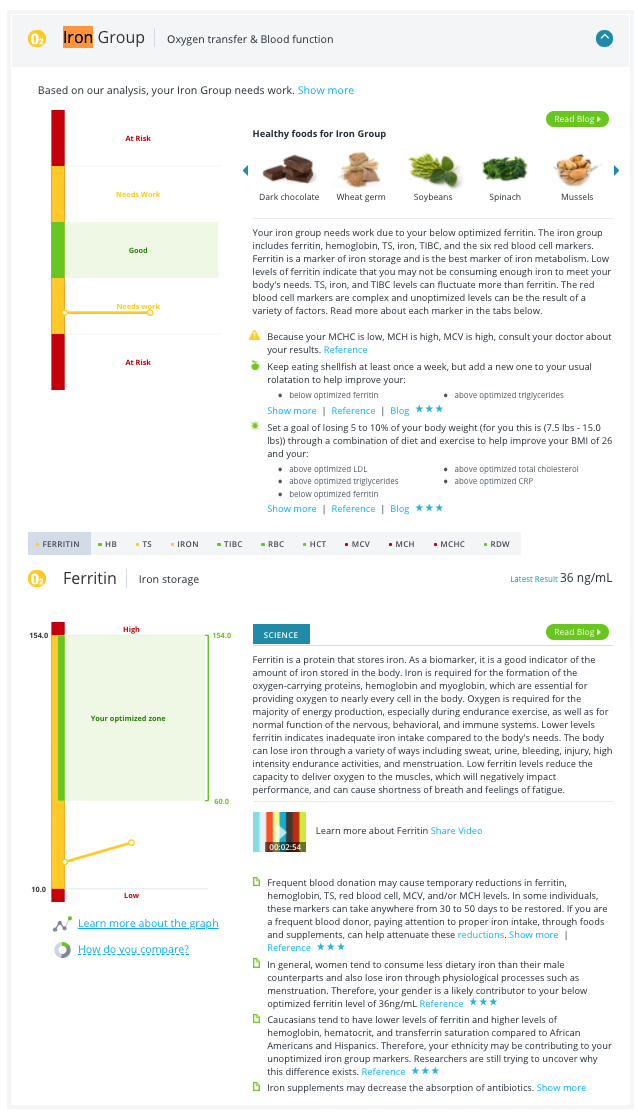GEAR REVIEW: InsideTracker
At the beginning of summer I feel as though most athletes have that moment when they reevaluate everything. Why does running feel so hard all of a sudden? Why is my pace sloth-like? Oftentimes, it’s an undesirable reminder that yes, humidity can play a factor in performance and make us feel less-than-stellar. For me, though, the sub-par workouts had me a little extra concerned as they persisted. So, I decided to do something about it. And that something, was lean into InsideTracker.
A friend first explained InsideTracker as a bargain way to get blood work and insight on that bloodwork that I would actually understand. Sure, that’s part of it. A more well-articulated synopsis of InsideTracker is that through testing, including a DNA swab and blood work, along with insights from your go-to wearable, you can gain insight into your biomarkers as well as personalized feedback on how you can modify your daily activities (from diet to sleep) for more optimized performance.
The process itself was pretty simple. Because of COVID, InsideTracker’s policy is that in New York, all lab testing happens at your home. So a phlebotomist called me to schedule and appointment, did my blood work, and within a week that information was updated on my account. I simultaneously did a DNA swab using an at-home testing kit, which I sent using the provided shipping label to a lab. All of these costs are included in the purchase of their Ultimate Kit. Of note: If you have recently done DNA testing, then you could provide insights from that into the InsideTracker portal instead of ordering a new one.
Once my results were in my account, I scheduled a session to chat with an RD about the recommendations provided. I learned that I was low in iron and ferritin, which is actually frequent in female runners. Those discrepancies could certainly have been the cause of my tiredness on the run. I made the modification to incorporate more iron-rich foods in my diet like red meat, seafood, dark leafy veggies (hi, kale), and peas. Take a peak:
It also gives me personalized food lists based on my goals, like boosting energy and improving cognition, based on my current biomarkers. I’m telling you, in-depth stuff:
I know you’re probably wondering, how is this different than going to the doctor? Some information on that, here. The good news about insight like this is that you have the opportunity to take it to your doctor at your next annual and spend some more time with results. For me, I’m on track to get a test every six months or so — which I find especially useful when I’m in the middle of a training cycle.
The Big Question: Would I Pay for This?
Full disclosure: I work with InsideTracker now, but didn’t when I was first exploring this. As someone who has a lot of out-of-pocket costs for medical treatment (I have Oscar Health and as a woman in my mid-30s living in New York, pay almost $600 month for insurance), I’m all about value. For me to go see my general physician once a year, that’s covered. But nutritional consulting and the costs associate with labs can certainly add up. For the price, this gives me a lot of data and access at a price that makes sense for me in my circumstance! Of course, everyone is different.
If you’re interested in checking out InsideTracker for yourself, you can go to InsideTracker.com/Hurdle to get 40% off of the entire store!



